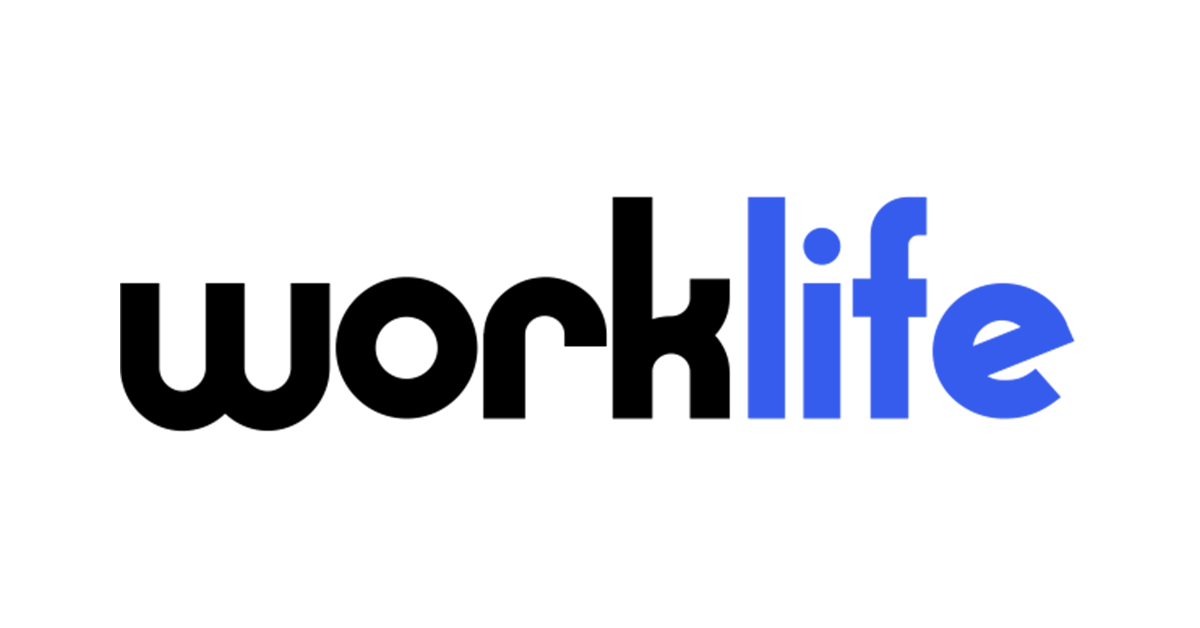Despite the strides taken to create more equitable and inclusive working environments in the United States, discrimination persists. In fact, a recent Glassdoor study found that over 60% of employees have experienced or witnessed discrimination in the workplace. This highlights the ongoing need for organizations to be vigilant in identifying and addressing employment discrimination.
Discrimination in the workplace can take many forms, from direct discrimination, such as unequal treatment based on race or gender, to more subtle forms such as implicit biases that affect hiring and promotion decisions. It can also manifest as workplace harassment, which can include verbal abuse, offensive jokes or even physical threats.
In this article, we’ll explore the different types of discrimination in the workplace and what qualifies as workplace discrimination. By understanding and identifying these issues, human resources (HR) and employee relations (ER) professionals can work toward creating a more equitable and inclusive environment for all employees.
Identifying Discrimination in the Workplace
Discrimination in the workplace can be defined as treating an individual or group of individuals unfairly due to their age, race, gender, sexual orientation, religion, disability or other characteristics protected by law. While differential treatment can take many forms, most of which can be attributed to direct or indirect discrimination.
Direct discrimination: occurs when someone is treated less favorably than another person due to their protected characteristic.
Indirect discrimination: this happens when an employer’s policies or practices appear to be neutral but have a disproportionate effect on a particular group.
Discrimination can lead to other misconduct, such as harassment, victimization and even retaliation. Harassment in the workplace can include unwanted physical or verbal behavior that creates an intimidating or offensive environment for an individual or group. Unfair treatment in relation to discrimination or harassment can be considered victimization.
It’s important for employers to be aware of the different types of discrimination in the workplace, as well as the potential consequences of such behavior. Creating a safe and inclusive work environment where all employees are treated with respect and fairness is essential for not only legal compliance but also productivity, employee satisfaction and brand reputation.
Employment Law and Discrimination
Employment law is a crucial aspect of the American legal system that governs the rights and obligations of employees and employers. One of the most critical issues in this area is discrimination, which has been a persistent problem in the workplace for decades. Fortunately, anti-discrimination laws have been enacted in the United States to protect workers.
A protected class is a group of people who share common characteristics that are legally protected from discrimination in the workplace. These characteristics include gender identity, sexual orientation, pregnancy, age, disability, national origin, race, religion and gender. Discrimination against any individual or group based on these characteristics is prohibited. The US Equal Employment Opportunity Commission (EEOC) is the federal agency responsible for enforcing these anti-discrimination laws. It investigates complaints and may pursue legal action against employers who violate these standards.
The U.S. Department of Labor provides employees with various rights that protect them from mistreatment in the workplace. These must be provided to employees and include the right to a safe and healthy work environment, a fair wage, privacy and freedom from discrimination and harassment.
The Equal Pay Act (EPA) applies to all employers in the United States who are covered by the Fair Labor Standards Act (FLSA). Under the EPA, employers cannot discriminate on the basis of sex in the payment of wages or benefits, and they’re required to provide equal pay for equal work. This means that if a man and a woman perform the same job and have the same level of skill, effort and responsibility, they must be paid the same wages and benefits.
The regulations that prohibit discrimination in the workplace are part of a larger body of federal law known as civil rights. These laws protect human rights by ensuring that everyone is treated equally. Discrimination is a violation of these civil rights and can result in significant legal consequences for employers who engage in discriminatory practices.
How to Investigate Workplace Discrimination
Workplace discrimination can have serious implications for the well-being and success of employees. According to the EEOC, in 2020, over 72,000 discrimination charges were filed with the agency, with race, disability and sex discrimination being the most common claims. If an employee believes they’re experiencing discrimination in the workplace, it’s important for ER to take action and investigate the situation.
To investigate workplace discrimination, there are several steps that can be taken.
- Document the complaint: Start by documenting the employee’s complaint, including the nature of the discrimination, the date and time it occurred and any witnesses to the incident. This will help you keep track of the details and follow up on various pieces of evidence effectively.
- Conduct an initial interview: Schedule a conversation with the employee to gather more information about the incident. This can be done in person, over the phone or via email, depending on the employee’s preference. Be sure to ask open-ended questions and listen actively to their responses.
- Review company policies: In each case, the relevant investigator should review policies and procedures related to discrimination, harassment and retaliation to determine if any violations occurred. This may include reviewing the employee handbook, code of conduct and other relevant materials.
- Interview witnesses: These interviews include other employees who were present or who may have overheard the conversation. Be sure to document their statements and get their contact information in case you need to follow up later.
- Investigate the incident: Conduct a thorough investigation of the alleged discrimination, including reviewing any relevant documents or evidence, such as emails or text messages. Consider hiring an outside investigator to ensure impartiality.
- Provide support to the employee: This needs to happen throughout the investigation process. Offering counseling services or other resources as needed will help ensure their well-being and demonstrate the company’s commitment to addressing discrimination in the workplace. You should also support your employee’s decision should they choose to report their complaints to the EEOC.
- Take appropriate action: Based on the results of the investigation, take the necessary steps to address the discrimination and prevent future incidents. This may include disciplinary action against the perpetrator, changes to company policies and procedures or additional training for employees.
Your HR and ER team must have investigative procedures in place to handle discrimination claims appropriately. This includes training the right staff on how to conduct thorough and unbiased investigations – and continually updating this training. Yet, only 28% of organizations, according to our recent benchmark study, take the time to familiarize investigators with proper techniques and processes at least once a year. All employees need to also be aware of the company’s anti-discrimination policies and procedures. By taking proactive measures to address discrimination in the workplace, employers can create a safe and inclusive environment for the entire team.
Examples of The Consequences of Discrimination
Discrimination in the workplace can have serious consequences for both employees and organizations. It can lead to decreased productivity, low morale, high turnover rates and even legal action. Here are a couple of examples of the outcomes of discrimination in the workplace:
Ellen Pao, a former partner at venture capital firm Kleiner Perkins, filed a lawsuit against the company alleging gender discrimination and retaliation. She claimed that she had been passed over for promotions and subjected to inappropriate comments and behavior. After a highly publicized trial, the jury ultimately found in favor of Kleiner Perkins. However, the case drew attention to the issue of gender discrimination in Silicon Valley and sparked a larger conversation about the lack of diversity in the tech industry.
In the case of Abercrombie & Fitch, a clothing retailer that faced allegations of religious discrimination, due to a company rule of only hiring employees who fit their “look policy,” which included specific physical characteristics and clothing styles. This policy led to the company rejecting a Muslim job applicant who wore a hijab, as it was seen as not fitting the company’s image. The Equal Employment Opportunity Commission (EEOC) filed a lawsuit against Abercrombie & Fitch, and the case ultimately went to the Supreme Court. The Court ruled in favor of the EEOC, stating that employers cannot discriminate against job applicants based on their religious beliefs.
These examples highlight the serious consequences of workplace discrimination. They also demonstrate the importance of taking proactive steps to prevent discrimination, such as creating inclusive policies and providing diversity and inclusion training for employees.
Legal Recourse for Employees
When an employee believes they have experienced discrimination in the workplace, they may feel that there’s little they can do to address the situation.
In most cases, employee relations should strive to resolve issues of discrimination through informal means. For example, a discussion with a manager or supervisor about perceived discrimination can often resolve the situation. In any case, every complaint must follow the company’s written policy and be properly documented. Each should be considered seriously and investigated fully, regardless of how trivial it may seem. It’s important as the investigator to be completely free from bias, remain objective and look at the incident from all sides.
Employees who have experienced discrimination and don’t feel that the issue was resolved can seek legal recourse through a variety of channels outside of the workplace. Submitting a grievance with the EEOC or a state or provincial fair job organization is one choice. Should the EEOC or organization discover that there’s sensible motivation to accept that discrimination happened, the office may endeavor to determine the issue through intercession or different methods. Alternatively, the agency may file a lawsuit on the employee’s behalf or issue a “right-to-sue” letter, which allows the employee to file a lawsuit in court. Other options for legal recourse include filing a private lawsuit or seeking legal advice from an attorney.
How Employee Relations Software Can Help Mitigate Workplace Inequalities
Employee relations software is a type of HR and employee relations technology that helps organizations manage employee-related issues, including discrimination, harassment and other conflicts. With the growing importance of workplace diversity and inclusion, organizations are increasingly turning to technology to help identify and mitigate inequalities at work. Software can play a critical role in addressing these challenges by providing managers with the tools they need to handle employee relations issues effectively and proactively.
HR Acuity’s issue management software provides a centralized platform for tracking and managing employee relations issues, including discrimination complaints. The platform allows HR and ER professionals to track and document incidents, investigations and resolutions, ensuring that all cases are handled consistently and fairly.
A recent Deloitte study revealed that in the past 12 months, 70% of respondents had invested in people analytics tools, with over 50% planning to do so in the following 12 months. Furthermore, high-performing organizations were two times more likely to use dedicated people analytics tools and software, as compared to lower-performing organizations.
The use of technology can help organizations identify patterns of behavior and uncover systemic issues that may contribute to workplace inequalities. By using employee relations software such as HR Acuity, companies can ensure that all workplace issues are tracked, documented and addressed in the right manner. Ultimately, this can help organizations build a more inclusive and equitable workplace culture – something that we know is key to attracting and retaining top talent.
Book a demo of any of our employee relations software today.




